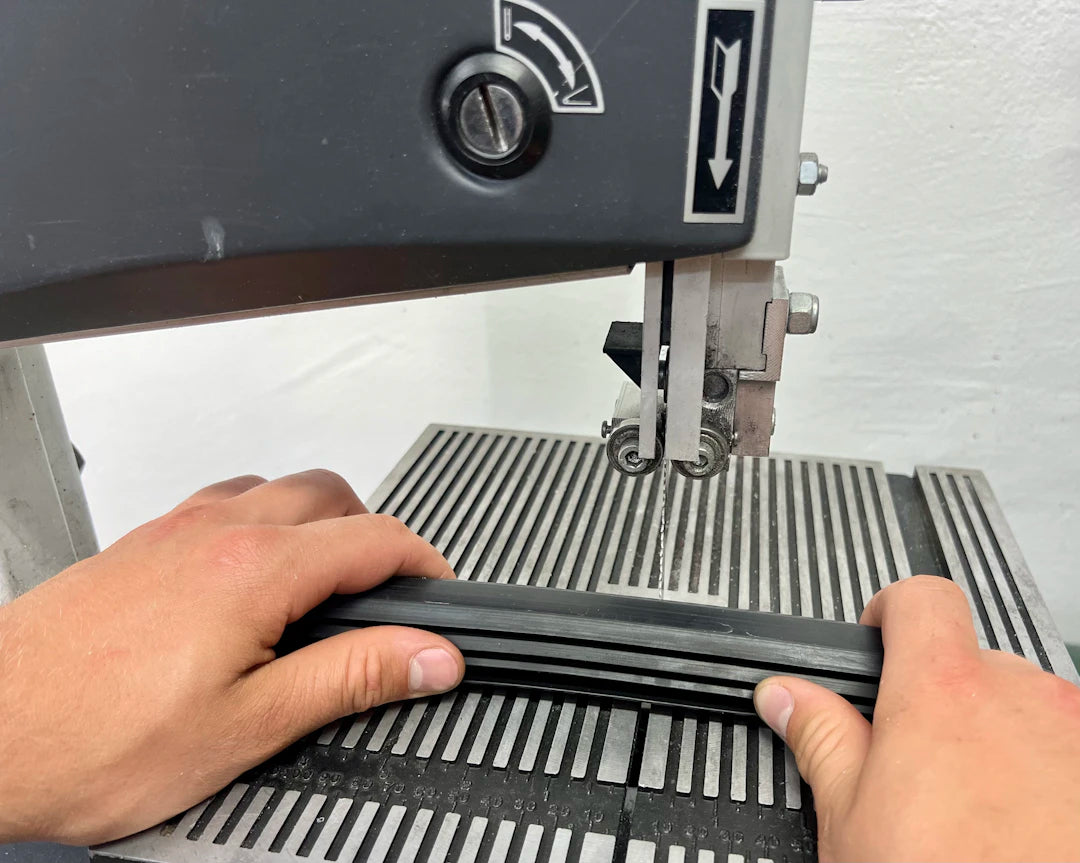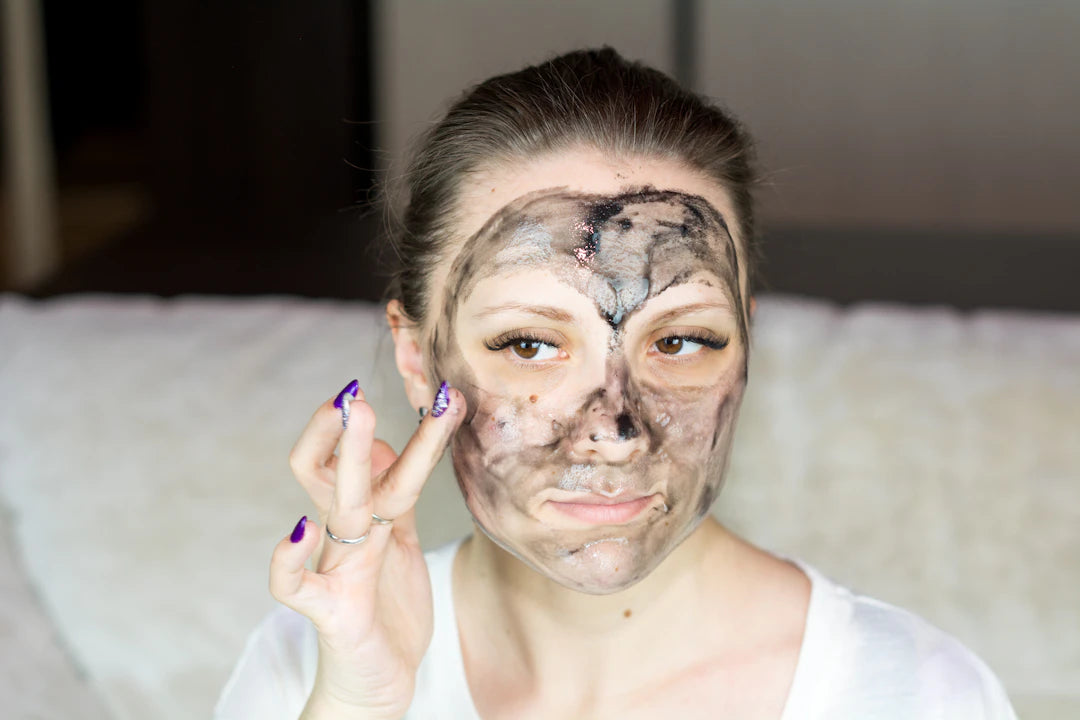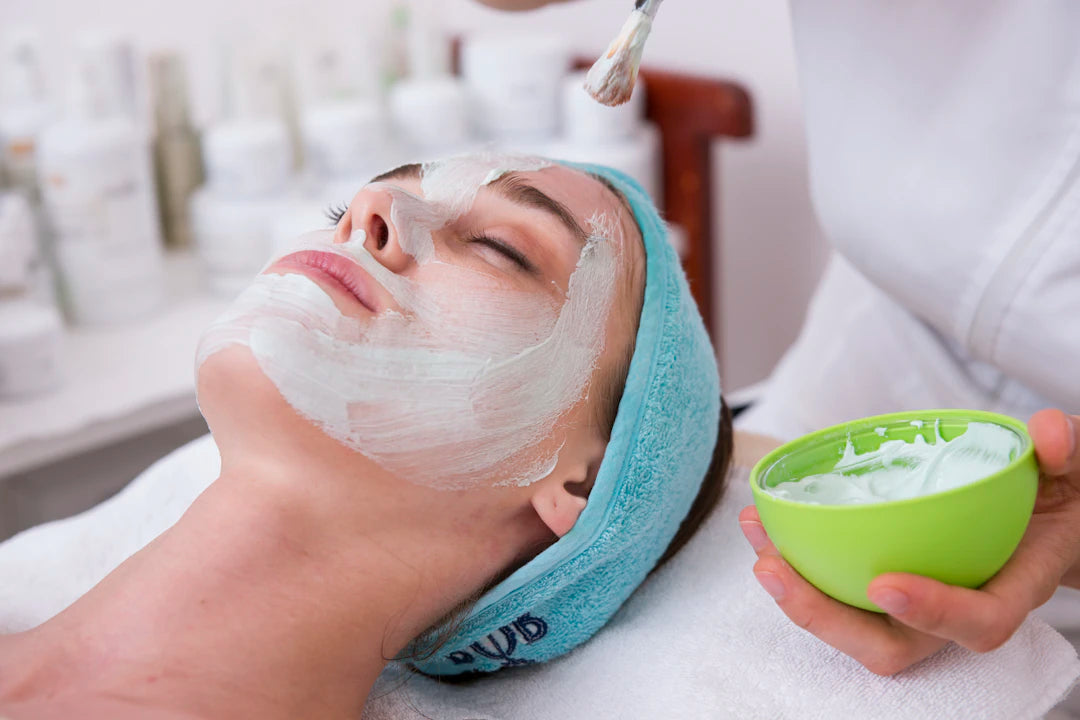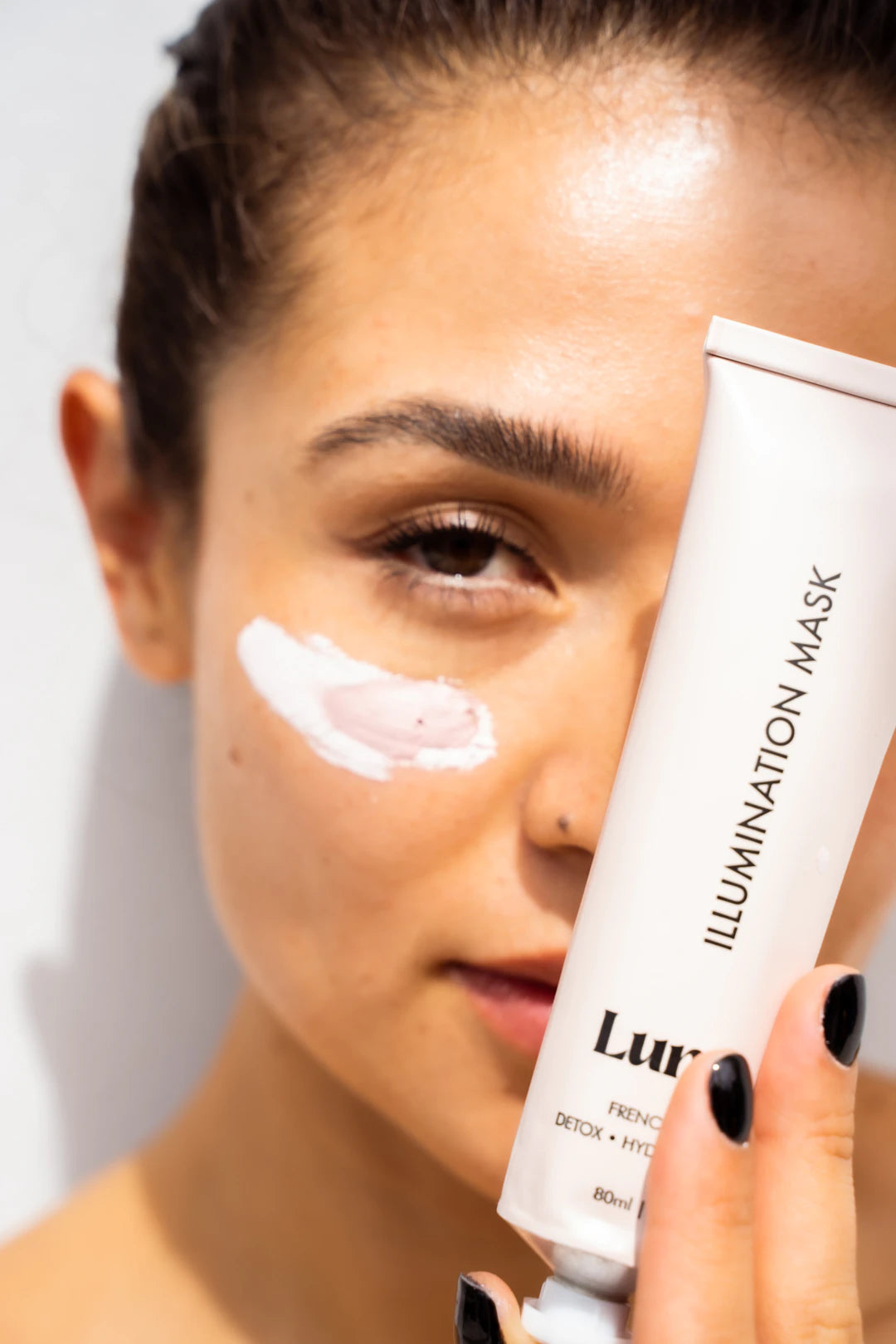The Importance of Patch Testing New Products

Overview
Patch testing is essential for skincare as it helps prevent allergic reactions, avoids breakouts, and tailors products to individual skin needs. Conduct a patch test by applying a small amount of a new product to a discreet area and observing for 24-48 hours. Always incorporate patch testing into your routine when trying new products, especially those with active ingredients, and revise your testing protocol as your skin evolves. Embracing this practice can lead to healthier, radiant skin.
Frequently Asked Questions
1. What is patch testing?
2. Why is patch testing important?
3. How do I conduct a patch test?
4. What should I do if I experience a reaction?
5. How often should I incorporate patch testing into my skin care routine?
In the bustling world of beauty and skin care, the excitement of introducing new products into your routine can often overshadow an essential step: patch testing. Whether you’re looking to try a new anti-aging serum or an innovative moisturizer, understanding the importance of patch testing can significantly impact your skin's health. In this article, we'll delve into why patch testing is crucial and how it can safeguard your skin during your skin care journey.
What is Patch Testing?
Patch testing is a simple yet effective procedure that helps you determine how your skin will react to a new product before applying it to larger areas. This process involves applying a small amount of the product to a discreet area of your skin, typically on the inside of your arm or behind your ear, and observing for any reactions over 24 to 48 hours.
Why Patch Testing Matters
Preventing Allergic Reactions
One of the most significant benefits of patch testing is its ability to prevent allergic reactions. Many skin care products, including serums, masks, and moisturizers, contain a variety of active ingredients that can trigger allergies. By performing a patch test, you can identify potential allergens before they cause irritation or allergic responses.
Avoiding Breakouts
Another reason to incorporate patch testing into your skin care routine is to minimize the likelihood of breakouts. New products, especially those rich in active ingredients, can disrupt your skin's balance. If you're sensitive or break out easily, testing products on a small area allows you to see how your skin reacts without the risk of a full-blown breakout.
Understanding Your Skin's Needs
Every skin type is unique, and what works for one person may not work for another. Patch testing grants you the ability to understand how specific ingredients respond with your skin. For instance, if you're introducing a new anti-aging serum, patch testing can show whether your skin tolerates the formulation or if it reacts negatively. This helps you tailor your skin care routine to your individual needs.
How to Conduct a Patch Test
Ready to start patch testing? Follow these simple steps to ensure accurate results:
- Choose the Right Area: Select a discreet area of skin, such as the inner forearm or behind the ear.
- Clean the Area: Wash the area with mild soap and water to remove any other products.
- Apply the Product: Dab a small amount of the product on the chosen area. Do not rub it in; allow it to sit on the skin.
- Wait: Observe the area for 24 to 48 hours. Look for redness, swelling, or any other signs of irritation.
- Evaluate: If any reactions occur, avoid using the product. If no reactions are observed, you can safely incorporate it into your skin care routine.
Common Ingredients to Watch Out For
When patch testing new products, being aware of certain ingredients can be beneficial. Here are some common ingredients that may cause sensitivity:
- Fragrances: Synthetic fragrances are known to be irritating for many individuals.
- Preservatives: Ingredients like parabens and formaldehyde can trigger reactions in sensitive skin.
- Acids: Alpha and beta hydroxy acids, though effective, can be too harsh for some skin types.
- Essential Oils: Natural does not always mean safe; essential oils can sometimes cause skin irritation.
What to Do If You Experience a Reaction
In the unfortunate event that you experience a reaction after patch testing, it's essential to know how to respond:
- Stop Using the Product: Discontinue use immediately to prevent further irritation.
- Clean the Area: Use a gentle cleanser to wash off any residual product from the skin.
- Apply a Soothing Agent: Consider applying a fragrance-free moisturizer or aloe vera to calm the area.
- Consult a Dermatologist: If severe reactions occur, reach out to a professional for advice.
Integrating Patch Testing into Your Skin Care Routine
Adding patch testing into your skin care routine is not a time-consuming task, but it can save you from extensive skin issues down the line. Here’s how to seamlessly include it as a regular practice:
- Test New Products: Before trying any product, particularly if it’s new to the market or contains active ingredients, conduct a patch test.
- Trust Your Instincts: If you suspect a product may be too harsh or not suitable for your skin type, do a patch test regardless of claims that it’s gentle or all-natural.
- Be Patient: While it may be tempting to use a new product immediately, wait for reaction results first.
- Keep Notes: Consider keeping a journal of your patch test experiences to track reactions and compare products.
When to Revise Your Patch Testing Protocol
As your skin evolves, its needs may change. Factors such as age, lifestyle, hormones, or environmental changes can affect your skin's sensitivity. Regularly revisiting and revising your patch testing process ensures that you are always proactive in maintaining your skin's health.
The Long-Term Benefits of Patch Testing
The commitment to patch testing new products fosters a cautious approach that pays off in the long run. By taking that extra moment to test new anti-aging serums and other additions to your skin care routine, you not only protect your skin from adverse reactions but also learn about your unique skin chemistry. This knowledge empowers you to make informed choices when selecting products, ultimately leading to better skin health.
Your Path to Radiant Healthier Skin
By embracing the practice of patch testing, you can confidently explore the vast realm of skin care products without the fear of negative repercussions. Remember, your skin is sensitive and should be treated with the utmost care. So, while it may be tempting to dive headfirst into enticing new products, a little patience can go a long way. Make patch testing a non-negotiable step in your skin care routine, and you'll be rewarded with a healthier, more radiant complexion.
Linked Product
Micro Serum
The Micro Serum is designed to deliver a concentrated dose of anti-aging peptides that may help support the skin's natural collagen and elastin production. When introducing new products, such as this serum, patch testing can ensure compatibility with your skin type and minimize the risk of irritation. Incorporating the Micro Serum into your skincare routine can enhance your overall regimen while prioritizing skin health.
View Product

